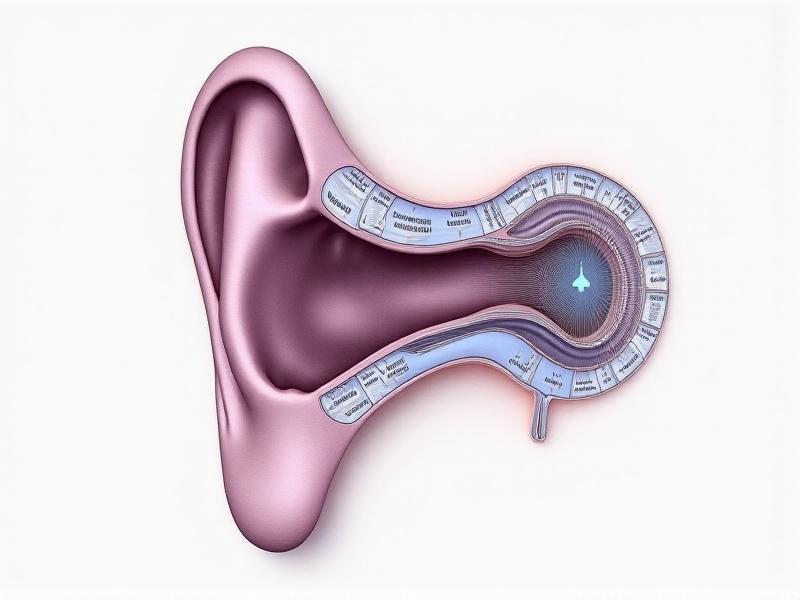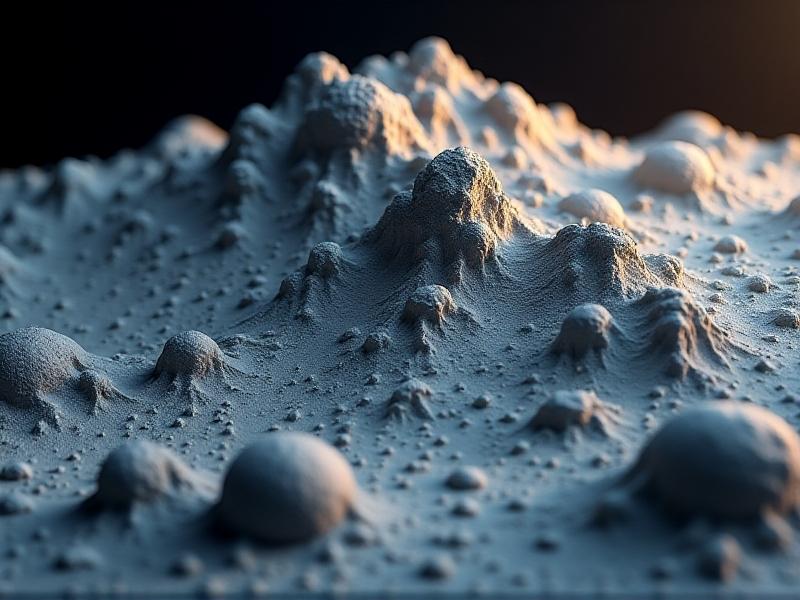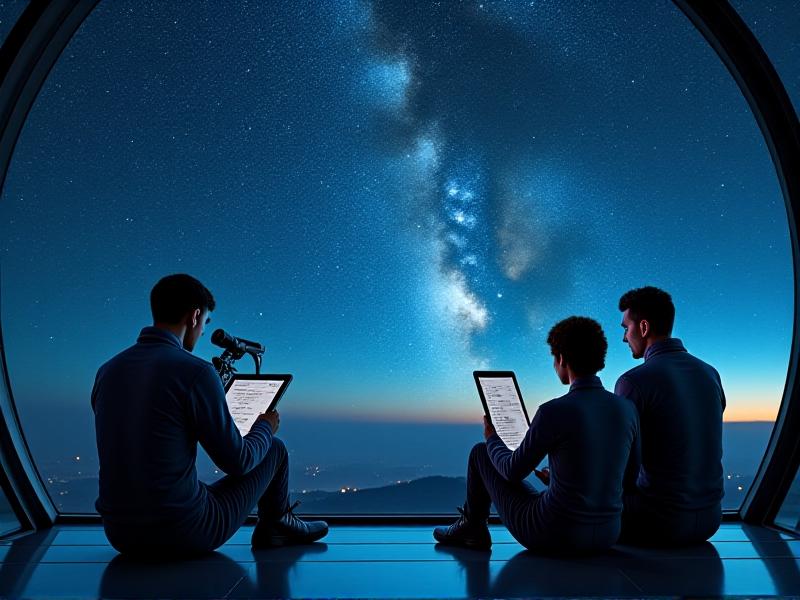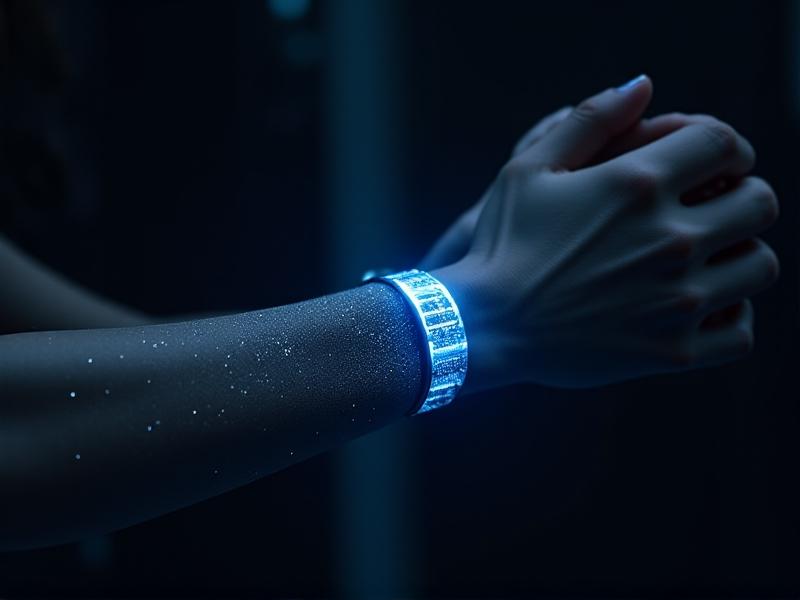AI-Powered Light Pollution Analysis Tools for Urban Observers
The Growing Challenge of Light Pollution in Urban Areas
Light pollution has become an increasingly pressing issue in urban environments worldwide. As cities expand and populations grow, the excessive use of artificial lighting has led to a significant loss of the night sky's natural beauty. Urban observers, including astronomers, environmentalists, and even casual stargazers, are finding it increasingly difficult to observe celestial phenomena due to the pervasive glow of city lights. This not only diminishes the aesthetic experience but also has broader implications for wildlife, human health, and energy consumption. The challenge lies in understanding and mitigating light pollution effectively, which requires precise analysis and innovative tools.

What is AI-Powered Light Pollution Analysis?
AI-powered light pollution analysis refers to the use of artificial intelligence technologies to measure, map, and understand the distribution and intensity of artificial light in urban areas. These tools leverage machine learning algorithms, satellite imagery, and ground-based sensors to collect and process vast amounts of data. By analyzing this data, AI can identify patterns, predict trends, and provide actionable insights for reducing light pollution. Unlike traditional methods, which are often labor-intensive and limited in scope, AI-powered tools offer a scalable and efficient solution for urban observers and policymakers alike.
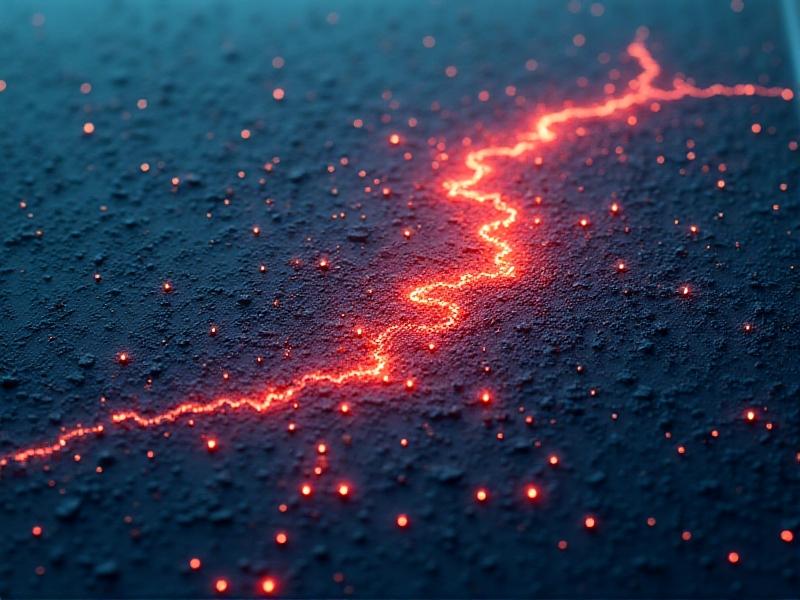
How AI Tools Help Urban Observers
For urban observers, AI-powered tools provide a wealth of benefits. They enable precise measurement of light pollution levels in specific locations, helping astronomers identify the best spots for stargazing. These tools also allow for real-time monitoring, which is crucial for tracking changes in light pollution over time. Additionally, AI can simulate the impact of different lighting strategies, helping cities design more sustainable and night-sky-friendly lighting systems. By making complex data accessible and actionable, these tools empower urban observers to advocate for better lighting policies and raise public awareness about the issue.
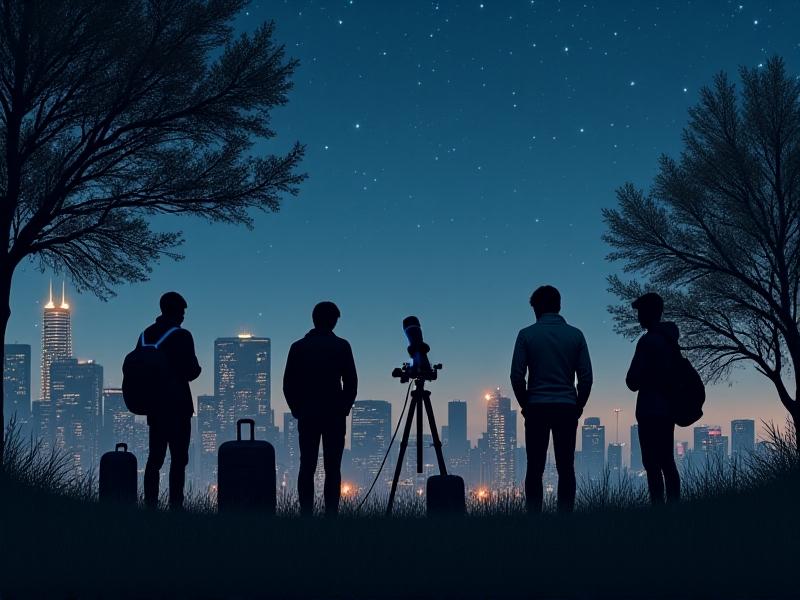
The Role of Satellite Imagery in Light Pollution Analysis
Satellite imagery plays a critical role in AI-powered light pollution analysis. Satellites equipped with specialized sensors capture high-resolution images of the Earth at night, providing a comprehensive view of artificial light distribution. AI algorithms process these images to identify hotspots of light pollution and track changes over time. This data is invaluable for understanding the global scale of the problem and identifying regions where intervention is most needed. Moreover, satellite imagery allows for cross-city comparisons, helping researchers and policymakers learn from successful initiatives in other parts of the world.
Ground-Based Sensors: Complementing Satellite Data
While satellite imagery provides a broad overview, ground-based sensors offer localized and highly accurate data on light pollution. These sensors, often deployed in urban areas, measure light intensity, color temperature, and other parameters at ground level. AI integrates this data with satellite imagery to create a more detailed and nuanced picture of light pollution. Ground-based sensors are particularly useful for monitoring specific areas, such as parks or observatories, and assessing the effectiveness of local lighting policies. Together with satellite data, they form a comprehensive system for light pollution analysis.
AI and the Future of Sustainable Urban Lighting
AI-powered tools are not just about analyzing light pollution; they also offer solutions for creating more sustainable urban lighting systems. By simulating the effects of different lighting designs, AI can help cities reduce light pollution while maintaining safety and functionality. For example, AI can recommend the optimal placement and intensity of streetlights or suggest the use of warmer, less disruptive light colors. These insights are crucial for designing cities that balance human needs with environmental preservation, paving the way for a future where urban areas coexist harmoniously with the night sky.
Public Awareness and Advocacy Through AI Insights
One of the most powerful applications of AI-powered light pollution analysis is its ability to raise public awareness and drive advocacy. By presenting data in accessible and visually compelling formats, AI tools can help urban observers communicate the impact of light pollution to a broader audience. Interactive maps, real-time dashboards, and educational materials based on AI insights can inspire communities to take action. Whether it's lobbying for better lighting policies or organizing stargazing events, these tools provide the evidence and motivation needed to make a difference.
Challenges and Limitations of AI in Light Pollution Analysis
While AI-powered tools offer immense potential, they are not without challenges. One limitation is the reliance on high-quality data, which can be difficult to obtain in some regions. Additionally, AI algorithms require continuous updates and improvements to remain accurate and relevant. There is also the risk of over-reliance on technology, potentially sidelining human expertise and local knowledge. Addressing these challenges requires a balanced approach that combines AI with traditional methods and community involvement, ensuring that the tools are both effective and inclusive.
Collaborative Efforts: Bridging Technology and Community
Successful light pollution mitigation requires collaboration between technology developers, urban planners, and local communities. AI-powered tools can facilitate this collaboration by providing a common platform for data sharing and decision-making. For example, community-driven projects can use AI insights to identify problem areas and propose solutions, while policymakers can use the same data to implement effective lighting policies. By fostering a sense of shared responsibility, these collaborative efforts can create a more sustainable and night-sky-friendly urban environment.
Conclusion: A Brighter Future for Urban Observers
AI-powered light pollution analysis tools represent a significant step forward in the fight against light pollution. By providing precise, scalable, and actionable insights, these tools empower urban observers to reclaim the night sky and advocate for more sustainable urban lighting. While challenges remain, the potential for positive change is immense. As technology continues to evolve, so too will our ability to balance the needs of urban life with the preservation of the natural world. Together, we can create a future where the stars shine brightly for everyone.
